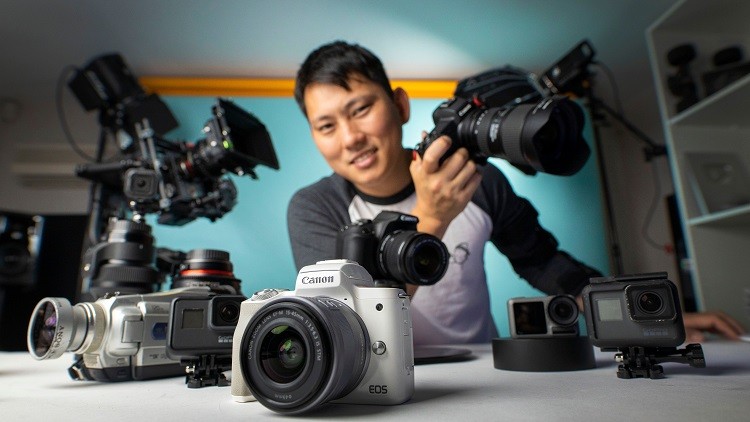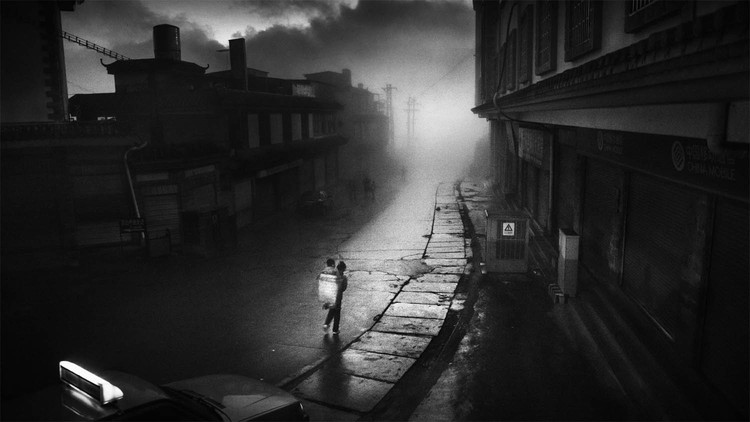Film using ANY Camera! Basics of Shooting Video Correctly

No matter what camera you have, luckily once you learn the basics, it’s all the same across the board. So we’ll start simple and learn the bare basics. Then slowly evolve to more advanced cameras and settings until you’re able to work a cinema camera such as the RED. We learn about lenses, cameras, sensors as well as the best settings to use for any situation.
You can view and review the lecture materials indefinitely, like an on-demand channel.
Definitely! If you have an internet connection, courses on Udemy are available on any device at any time. If you don't have an internet connection, some instructors also let their students download course lectures. That's up to the instructor though, so make sure you get on their good side!
Be the first to add a review.
Please, login to leave a review






